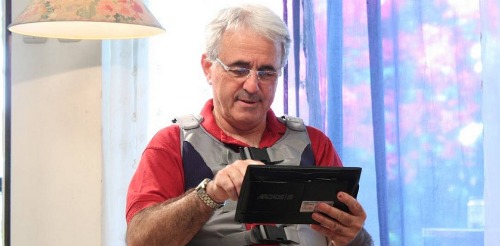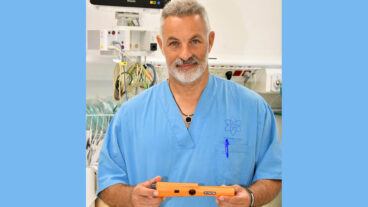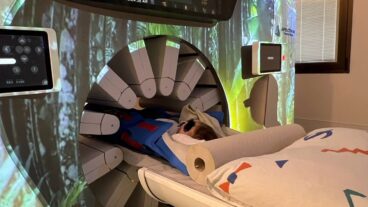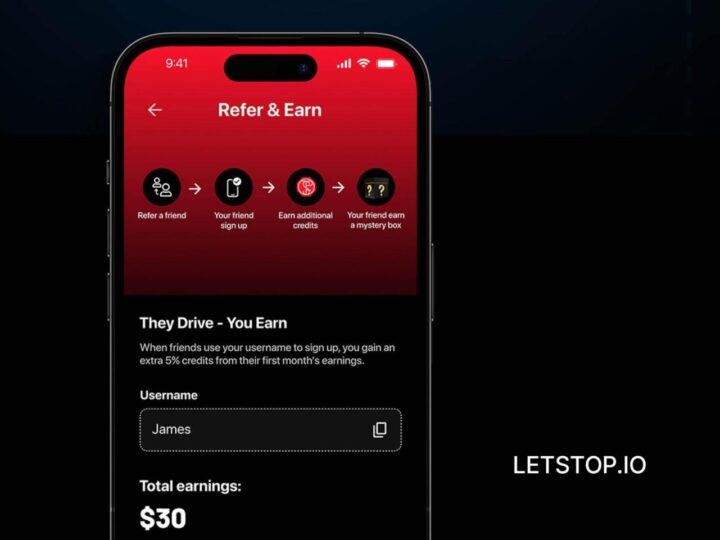Israel’s Deep Breeze pioneers at-home lung monitoring with the help of wireless telemedicine technology.

Around the globe, some 200 million people suffer from chronic obstructive pulmonary disease (COPD), a progressive lung condition usually triggered by long-term smoking. As the disease worsens, patients typically face hospitalization several times a year – at a cost of thousands of dollars per day.
An Israeli company’s innovative medical device could radically change that scenario. Once approved by the US Food and Drug Administration (FDA), the trademarked Breeze@home, will allow COPD and other chronic lung disease patients to stay out of the hospital while receiving continuous remote monitoring by their healthcare provider from home.
“This will not only make life more bearable for them, but will also save the healthcare system a lot of money,” points out Dr. Michael Nagler, CEO of Deep Breeze, a medical device company headquartered in Or-Akiva, Israel, with offices in the United States.
The Breeze@home device is also of potential use for imaging, diagnosing and monitoring patients suffering from asthma, congestive heart failure and other conditions affecting the lungs.
This promising entry in the emerging field of home-based, wireless telemedicine is the second generation of the hospital-based Deep Breeze vibration response imaging (VRI) technology approved by the FDA in 2007. These VRIxp systems are in use at major hospital research facilities and in emergency rooms in the United States, United Kingdom, China, Germany, Greece, India, Japan, South Korea, Czech Republic, Bulgaria, Spain, Italy, Turkey and Russia.
According to Deep Breeze, the radiation-free technology has been used in more than 5,000 patients worldwide without a single adverse event.
Giving off good vibes
The VRI concept works by recording acoustic lung vibrations through external sensors, and then converting the vibrations into images and quantitative parameters representing lung function, using proprietary algorithms specifically developed for the system.
“The VRIxp system is a unique, non-invasive tool that enables physicians to triage and manage patients rapidly and accurately, and potentially decrease length of stay in the ER, stratify patients, and improve patient outcomes,” says Dr. Rita Cydulka, professor and vice chair of the Department of Emergency Medicine at MetroHealth Medical Center in Cleveland, Ohio.
In March 2010, the FDA gave the thumbs-up to extend VRIxp’s approved uses from monitoring to becoming an aid for diagnostics by trained personnel. In terms of regulatory status, that puts it on a similar footing with imaging modalities such as x-ray and ultrasound.
The new Breeze@home works on the same principle as the hospital model, but takes advantage of technological innovations in the decade since VRI was invented. This smaller and cheaper unit utilizes an array of sensors incorporated into a custom-tailored vest that makes daily home monitoring as easy as putting on an item of clothing.
Breeze@home automatically transmits the collected data via an incorporated smart phone or tablet computer such as an iPad. The procedure takes only minutes to complete, according to Nagler.
Better compliance, fewer hospital visits
“We created an immensely simple interface so that the patient can activate transmission by touching just one button,” he explains. “The interface works with voice, text and video so the physician at a remote location can receive measurements and also video conference with the patient to get the full picture.”
Nagler expects the videoconferencing facility to further increase compliance with doctors’ orders and decrease the need for hospitalization and home visits.
Breeze@home’s capabilities can be enhanced with the integration of additional existing devices to telemonitor vital signs such as blood pressure, temperature, pulse, respiratory rate, oxygenation and blood glucose.
This year, Deep Breeze will begin the process of obtaining FDA approval for breeze@home and setting up clinical trials. A variant of the same product will also be used to provide telemedical care to patients living in areas where it’s difficult to get personal primary care. In addition, Nagler says the company will research and develop potential VRI applications specifically for children.
















